Senior Editor Kirsten Sweet
Associate Creative Director Sharon K. Nelson
Associate Editor Kaitlin Stainbrook
Editorial Production Manager Dena Ahlers
Contributing Art Director Jennifer Ruetz
Front cover: Rolf Nussbaumer, hummingbird; Richard Day/Daybreak Imagery, butterfly; Richard Day/Daybreak Imagery, oriole; Ikordela, bee
Back cover: Chas/Shutterstock.com, cardinal; Ray Herrick/racinphoto.com, butterfly; Heidi Hess, birdhouse; Brenda Foubert, nuthatch
Title page: Frederic B. Siskind, monarch
A Readers Digest Book
Copyright 2016 Trusted Media Brands, Inc.
All rights reserved. No part of this book may be reproduced, stored in a retrieval system, or transmitted in any form or by any means, electronic, electrostatic, magnetic tape, mechanical, photocopying, recording or otherwise, without permission in writing from the publishers.
Readers Digest is a registered trademark of Trusted Media Brands, Inc.
Photo credits on are hereby made part of this copyright.
ISBN 978-1-62145-303-1 (Paperback)
ISBN 978-1-62145-308-6 (Hardcover)
ISBN 978-1-62145-304-8 (ebook)
We are committed to both the quality of our products and the service we provide to our customers. We value your comments, so please feel free to contact us.
Readers Digest Trade Publishing
44 South Broadway
White Plains, NY 10601
Visit us on the web at
www.rd.com
www.readersdigest.ca (in Canada)
www.birdsandblooms.com
contents
Baltimore oriole at redbud tree

INTRODUCTION
Birds, butterflies and bees rely on plants, trees and shrubs to survive and thrive.
Thats why doing your part for the environment by establishing wildlife-friendly areas in your own backyard is so crucial. Chances are, your garden is already a welcoming space for all kinds of nature, but with a little extra research and planning, you can take your gardening a couple steps further and transform your yard into a healthier and happier sanctuary for birds, butterflies and bees.
This book, brought to you by the editors of Birds & Blooms magazine, can serve as your guide to attracting new visitors to your landscape. Birds & Blooms has helped lead the trend we like to call gardening with a purpose for over 20 years. Weve always recognized the importance of going beyond just the beauty of a garden, and purposefully choosing flowers, trees and shrubs for their environmental benefits.
We even went a step further and put together some handy symbols to help you achieve the wildlife-friendly backyard of your dreams. Look for the symbols next to each plant profile to discover what the plant will attract. (Some plants are a triple whammy and attract birds, butterflies and bees!) For extra guidance, check the light-requirement symbols. Youll be able to quickly see if a plant should be grown in shade, part shade or full sunvital info you need to know to create a great habitat.
Once youve established a flourishing backyard, be sure to enjoy your new guests. Throughout this book, weve highlighted over 60 bird species and 34 butterfly species you might see in your space. Have fun identifying all of the birds, butterflies and bees in your own backyard!
CREATE HABITAT
If you want to create a wildlife-friendly backyard, you must keep three basics in mind: food, water and shelter. Plants are key, but you can also add birdbaths, feeders and nest boxes.
Female ruby-throated hummingbird and monarch at butterfly bush
key
 Bird
Bird
 Bee
Bee
 Butterfly
Butterfly
 Full sun
Full sun
 Part shade
Part shade
 Shade
Shade

Question mark on butterfly bush

American goldfinch on sunflower
Mountain bluebird at purple coneflowers
CHAPTER ONE
Create a Wildlife-Friendly Backyard
Native plants like purple coneflowers and black-eyed Susans are the best for attracting birds.

Serviceberry trees attract many birds, like this male indigo bunting.

Gardening for Birds
Its no secret that you can successfully attract birds with feeders, but what birds need even more than feeders full of seed comes straight from nature: plants and trees. That doesnt mean you shouldnt keep those feeders full, though! But going the extra mile to attract birds with plants and trees will reward you with even more feathered visitors.
Native plants are key, because theyll keep the birds coming back to backyards for more. Berries and seeds bring in more bluebirds, orioles, goldfinches and a whole long list of other most-wanted species. For example, goldfinches often arrive as soon as the first few seeds mature, even while the plant is still in bloom. Theyll keep returning in the coming weeks, joined by native sparrows, woodpeckers, juncos, cardinals, chickadees and more.
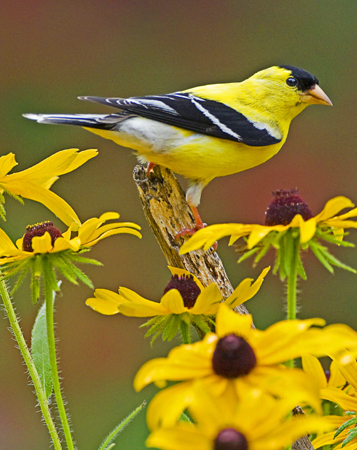
Male goldfinch on black-eyed Susan
Its possible for backyard gardens to be both beautiful and functional, like this one

Junipers provide safe nesting for birds like this yellow-billed cuckoo.
Choose Natives
When it comes to food offerings, seeds and berries are probably the most obvious, but birds are also drawn to something else on the plants that we may never even notice: insects. And the ultimate insect trump card? Caterpillars.


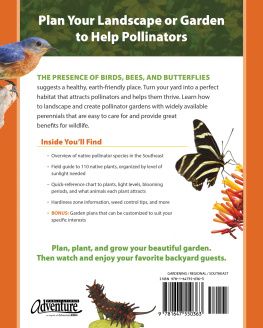
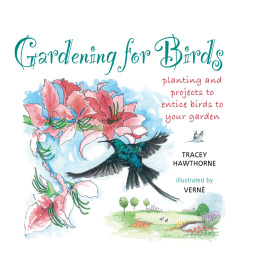
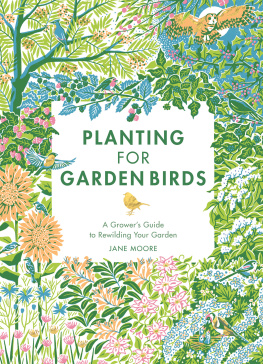
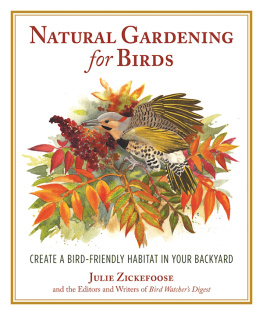
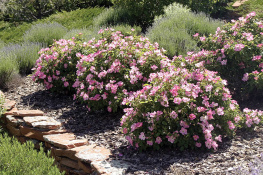
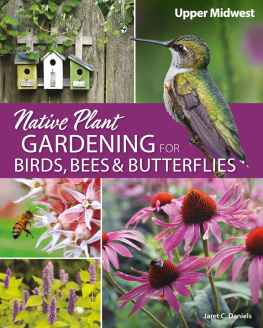
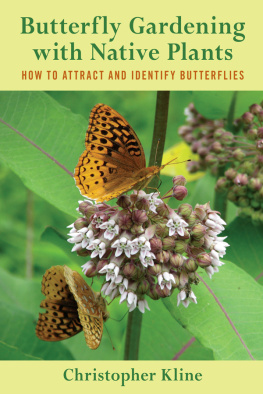



 Bird
Bird Bee
Bee Butterfly
Butterfly Full sun
Full sun Part shade
Part shade Shade
Shade




 Gardening for Birds
Gardening for Birds

